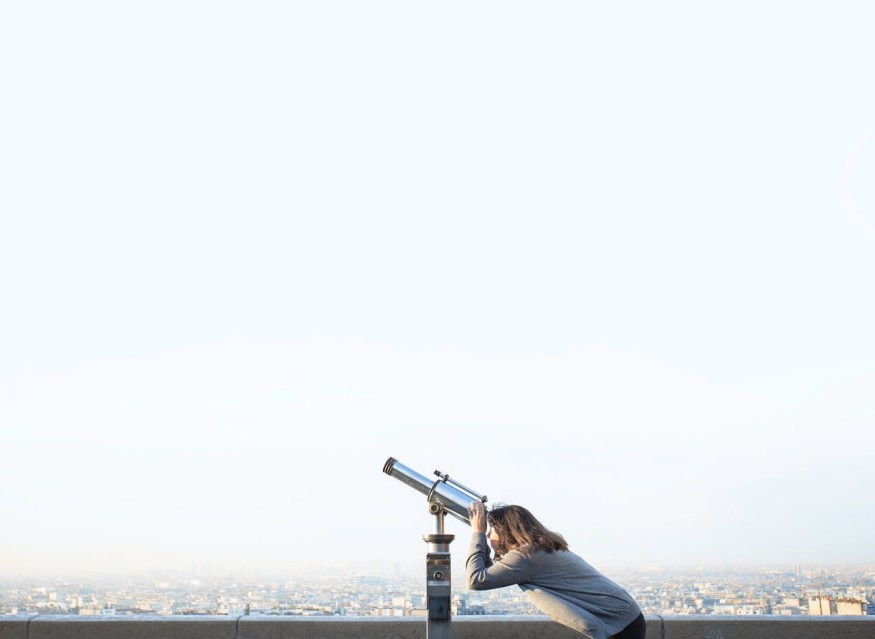
Humans have an innate sense of curiosity which drives them to keep asking questions and seeking answers. Mysteries such as the origin of our species and our Solar System have been puzzling people since the beginning of time.
Despite the advances in technology, scientists still struggle to find answers to these questions. But by understanding distant celestial neighbors, they hope to find it out someday.
Understanding Our Celestial Neighborhood
According to Oxford University professor Chris Lintott, we need to start thinking about our Solar System as part of the galaxy. Since the Earth has a neighborhood that we live in, our neighbors may occasionally come and visit us.
Lintott has been studying these galactic visitors which are scientifically called interstellar objects. To date, only two such objects have been discovered, the rocky 'Oumuamua in 2017 and the Borisov comet in 2019. Still, there are likely millions of these objects floating around our galaxy.
When something arrives from beyond the Solar System, it usually sounds like science fiction, but it may be happening all the time, Lintott suggests. These things wander through the galaxy for millions or billions of years and just happen to pass by our Solar System. As a matter of fact, there might be an interstellar object passing through the Solar System right now and humans just have not spotted it.
Astrophysicists study these objects since they are our only chance to get up close and personal with a bit of a different star system. They believe that the questions about our celestial neighborhood can be answered by looking at the building blocks of different solar systems.
The first thing astronomers want to know is what these objects are made of, since they probably formed at the same time planets form around stars. By working out what they are made of, scientists can potentially begin to understand how planets form elsewhere.
These objects are hard to spot, so experts need to point telescopes and measuring instruments in the right place at the right time. They are currently building a telescope called the Vera Rubin observatory which serves as the world's largest digital camera. It is designed to scan the entire sky every three nights and send an alert whenever it spots any change in brightness or movement.
Seeking Help From Citizen Scientists
The astronomical tools turn out to be good at telling what is unusual, but not what is interesting. Because of this, Lintott believes that astronomers need people and volunteers to tell them of the unusual things that are worth paying more attention to.
To participate, interested individuals can head over to Zooniverse citizen science platform and join millions of volunteers around the world to collaborate on the next 'astronomical revolution. This site allows more than 1 million volunteers from around the world to help with everything from mapping the Milky Way galaxy to hunting for exoplanets.
The team behind Zooniverse create crowdsourcing projects where they put data online and ask the public to do research tasks used in post-graduate studies. This helps them go through lots of data very quickly, which means experts are free to concentrate on the hard, analytical components of the problem.
RELATED ARTICLE : Scientists to Launch Undersea Expedition to Look for the Interstellar Object That Hit Earth in 2014
Check out more news and information on Interstellar Object in Science Times.











